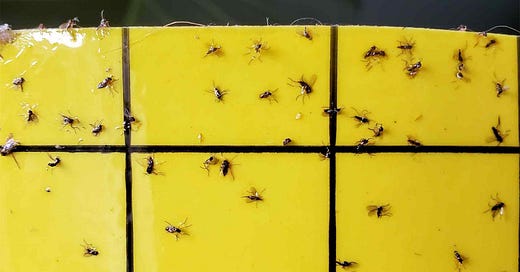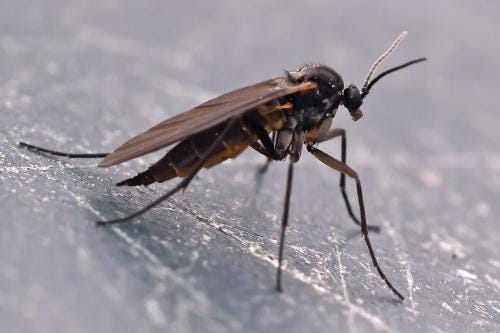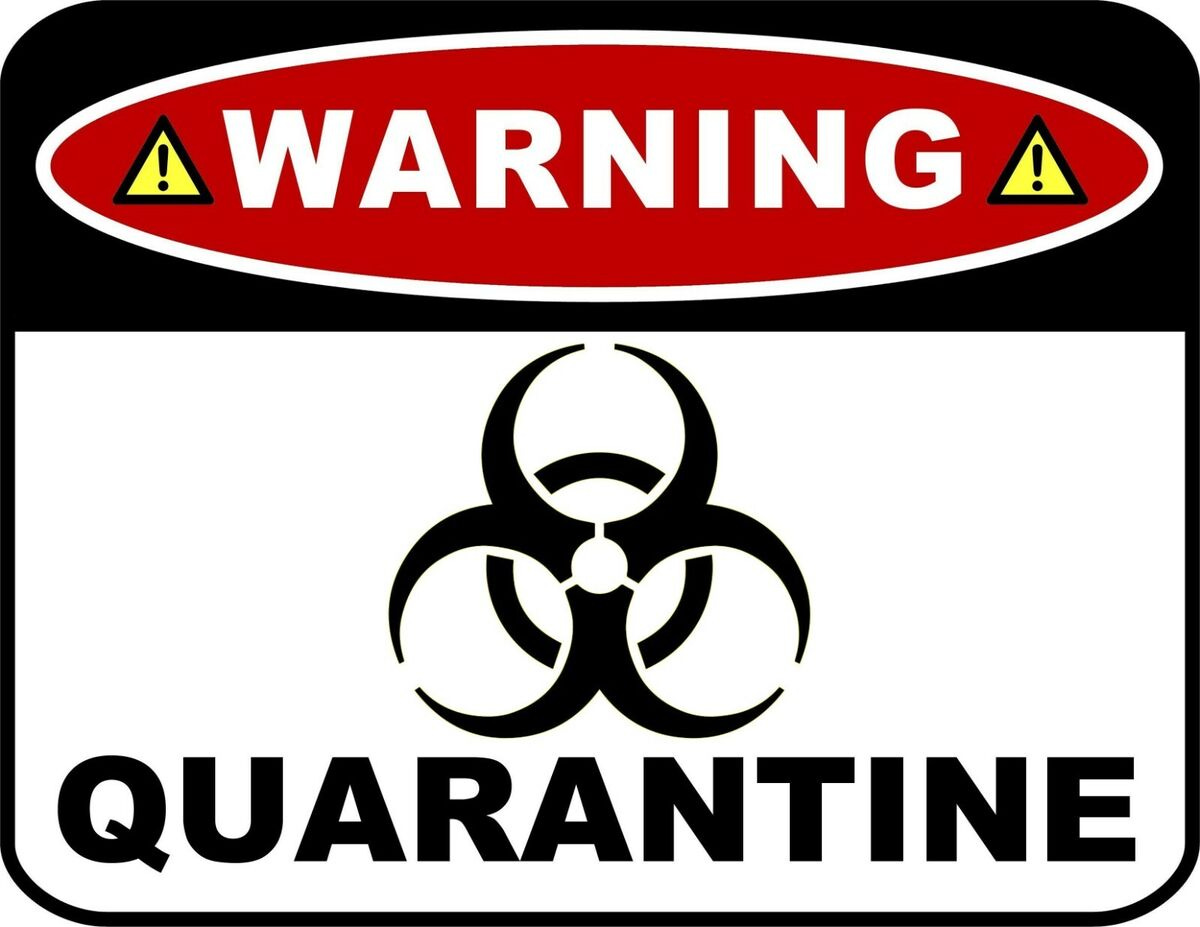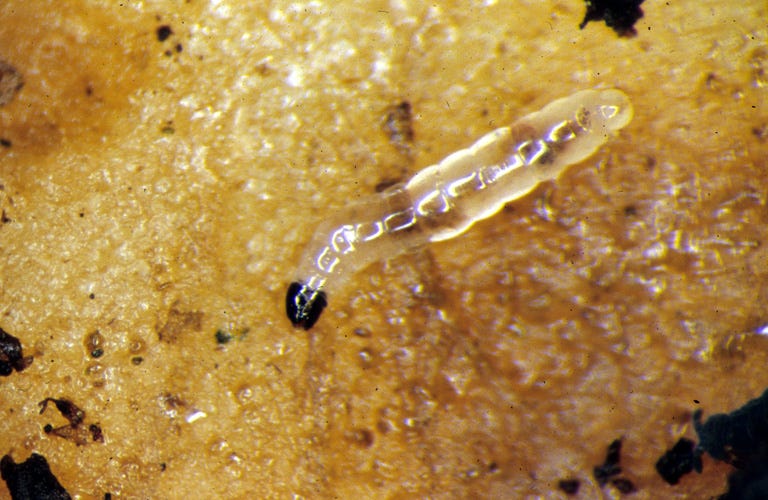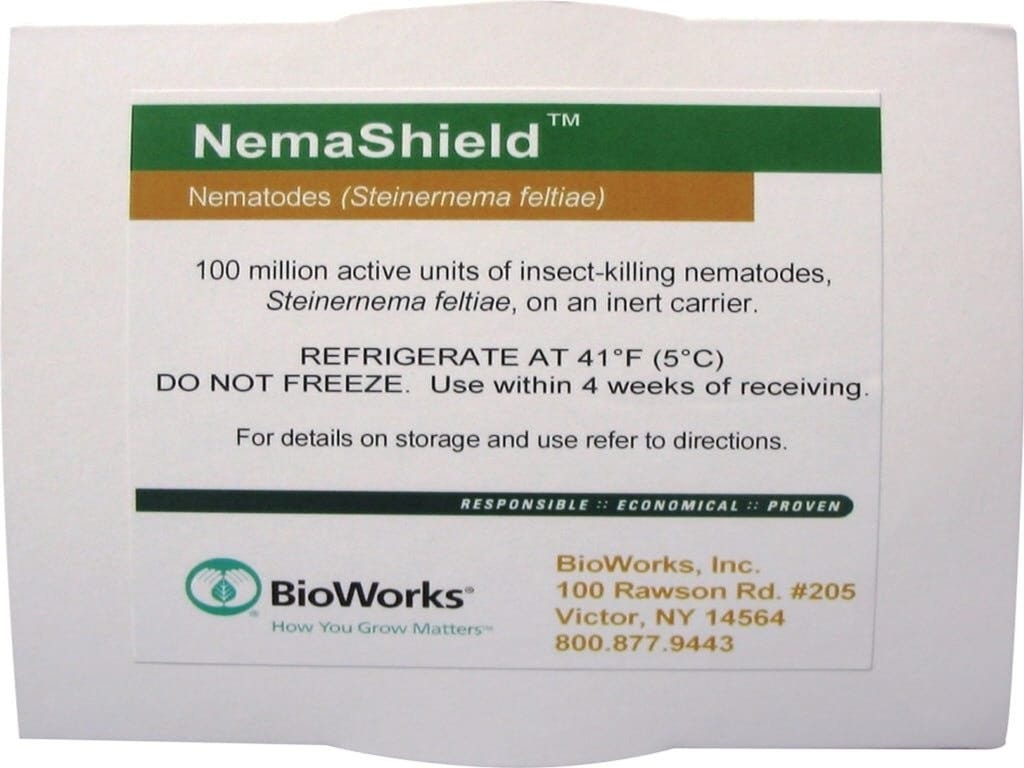FUNGUS GNATS IN YOUR HOUSE PLANTS
Just About the Most Common Critter Inside Your Home’s Tropical Forest
Those ultra-tiny (under 1/8 inch) flying things that find their way into indoor potted plants are fungus gnats. They’re often mistaken for tiny fruit flies or super-small but pudgy mosquitoes. The adults lay their eggs in moist, organically-rich potting soils and their larvae feed on the organic matter (algae, fungi, dead plant material) and often, when their preferred food runs out or just as collateral damage, tiny plant roots as well. They can, however, inflict legitimate damage to any seedlings you might have starting indoors.
Bradysia tilicola, one of the many dark-winged fungus gnats, is perhaps the most common species on house plants and in greenhouses throughout the U.S. and the world. It is also found outdoors, but is rarely abundant. In homes and offices, it’s always found in the vicinity of houseplants but wet, mucky garbage is also to its liking. Although considered a nuisance when their populations go up, the adults are harmless non-biting flitters.
As far as humans are concerned, fungus gnats are indicators of potentially more serious problems: overwatering, detrimental fungal growth, and root rotting. House plant hobbyists and enthusiasts often blame fungus gnats for the more serious problems.
After adults lay eggs, the larvae develop rapidly and are fully grown in just two to three weeks. They then pupate in or on the growing medium. Adults emerge about one week later. Multiple, almost continuous, generations go on throughout the year.
PREVENTION – THE REAL KEY
The most important strategy to minimize fungus gnat problems is pretty simple: allow the growing medium to dry between watering, especially the top 1 to 2 inches. The drier the soil mix, the greater reduction in eggs and larvae survival. A dry soil mix surface reduces the attractiveness of the growing medium to egg-laying adult females. If things really get out of hand, it’s usually a good idea to re-pot in new soil after washing off as much of the top part of the soil mix as you can. When this happens, the soil mix has already broken down and is retaining too much moisture (you’ll probably notice a funky smell); it needs to be replaced.
It’s critical to allow the soil mix to dry out well between waterings; the life cycle of these flies is dependent on continuous or near continuous moisture in the soil mix. When watering, apply enough water so that excess runs out the bottom of the pot (have a saucer big enough to catch it). Water again only when the soil mix has dried down ¼ inch for smallest pots, 1 to 2 inches or so in mid-size pots, and for largest pots and plants and succulents/cacti, let them go near bone dry between watering. Empty the saucer immediately. Don’t go by a calendar and don’t think every plant requires the same amount or frequency of watering.
A ¼-inch barrier of diatomaceous earth (DE) and/or decorative pebbles minimizes the gnats’ ability to lay eggs in the soil mix. I’ve seen no credible studies on the effectiveness of a thin layer of playground sand on the soil surface; maybe it works, maybe not.
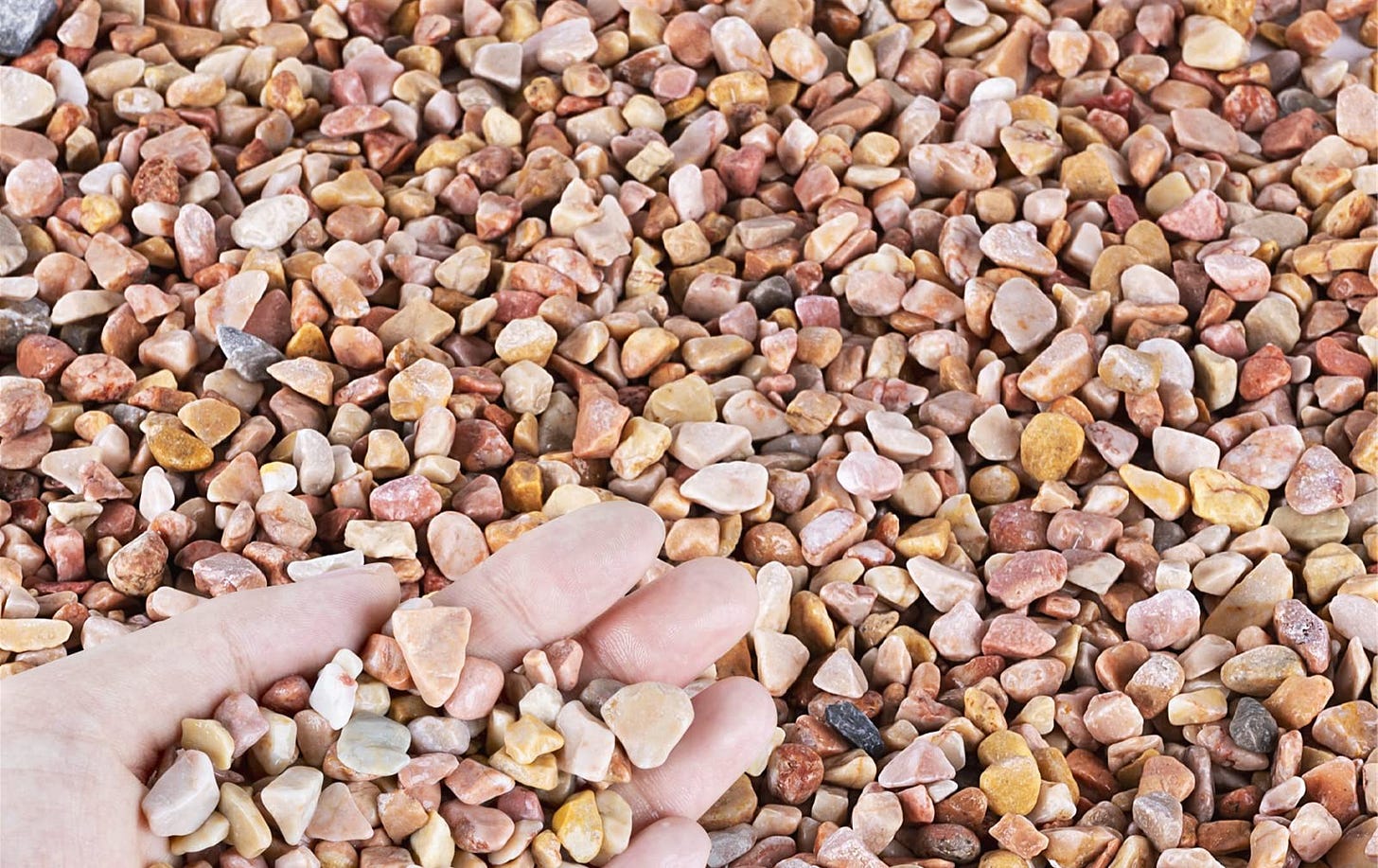
Get rid of old pots of dead plants or stored bulbs that you just happen to have hanging around the house.
Also provide better air circulation. If you have an existing ceiling fan, turn it on low and keep it running. If no ceiling fan, plug in a free-standing floor fan or a portable desktop fan.
QUARANTINE!: Fungus gnats almost always come in with new houseplants, particularly plants from poorly-maintained nurseries or non-nurseries. If you do end up with a new plant, even as a gift, keep it far away from other houseplants for a couple of weeks and keep an eye on it, including maybe keeping it in a resourcefully-built mini-greenhouse (a big plastic bag works).
Also keep an eye on those plants that you’ve summered outside. Fungus gnats can be a problem in the fall when houseplants that have been outdoors for the summer, have become infested, and are brought back indoors. It may take three to four weeks of modified watering and applications of recommended reactive strategies to keep the beasties in check. Even if fungus gnats aren’t present in your outdoor environment, there’s always aphids, whitefly, and scale, and they, too, should be quarantined.
MONITOR
If you have lots of plants and you’re overrun with gnats, put out “sticky yellow traps” (available almost everywhere). They’re small yellow cards with stickum on them (illustrated, top). The flying adults (the gnats) are attracted to the yellow and get stuck. This isn’t a dependable “control” tool because it doesn’t catch the majority of the gnats; it’s simply a away of seeing the tip of the iceberg to let you know when further steps are needed.
You can also identify the presence of fungus gnat larvae by inserting ¼-inch slices of potato barely into the surface of the potting soil. The potato will attract the larvae who will then start feeding within a few days. The potato slices should be turned over to look for larvae present on the underside every three to four days.
Vinegar traps and other methods commonly used to monitor for fruit flies do not work for monitoring for fungus gnats.
WHEN IT GETS OUT OF HAND
Please don’t use heavy-duty pesticides and even short-persisting contact insecticides such as those containing pyrethrins, soaps, oils, and neem, do not provide sufficient long-term control of fungus gnat adults and require repeat applications at short intervals (every two days) to get any noticeable effect on current populations. Also stay away from homemade dish soap solutions. They can break down the waxy “cuticle” (leaf covering) that protects the plant from too much sunshine as well as keeping the plant from drying up too quickly. Dish soap is also bad news for house plants with fuzzy/hair leaves. Instead…
Use Bti (Bacillus thuringiensis ssp. israelensis). It’s a variation of the popular caterpillar killer called, simply, “BT” (which is not effective on fungus gnats). Bti is specific for flies, such as gnats as well as mosquitoes. It has no ill effect on any other living things. It’s available in various forms and under many names. It’s applied as a soil “drench” (you mix it with water and use it to water the plant. Bti is a naturally occurring bacteria that has been used for decades and has no toxicity to humans or other animals (just flies). Several brands of products contain various formulations of Bti.
Use beneficial (sometimes called parasitic but technically, they are entomopathogenic) nematodes. There are three species that are most effective for gnats in potted plants: Heterorhabditis bacteriophora, Steinernema feltiae, and Steinernema carpocapsae. These particular nematodes enter the fungus gnat larvae through natural openings such as the mouth, anus, and breathing pores and emit a bacterium that digests the internal contents of the larvae (there’s a sci-fi movie for ya’). The larvae die within three to four days. Of the three nematode species, Steinernema feltiae seems to be the most effective.
There is a third beneficial organisms that is extremely effective on fungus (as well as mites, scale, whitefly, and various other plant pests). It’s a species of predaceous mite (Stratiolaelaps scimitus; formerly known as Hypoaspis miles, a name still used by some brands). Unfortunately, it does a good cleanup job only under large-scale conditions such as in commercial greenhouses. It is not recommended for just one individual houseplant nor even a dozen or so. Commercial growers, take note.
It’s important with any biological product that you follow instructions per the label, to be consistent and persistent with product application, and to continue to monitor between applications. And be patient.
.
.
© Copyright Joe Seals, 2025


